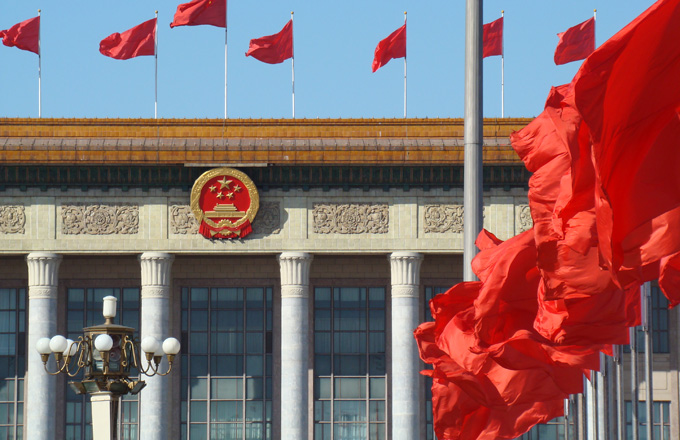Hot debate on how to keep South warm
Also, people in southern China like to open windows in the winter. If the heating system is applied and residents keep this habit, the energy consumption will be massive, he said.
Coal provides the bulk of the energy in the north, but natural gas is more popular in southern areas. A sharp rise in the use of the fuel because of heating demands will result in a major increase on the price of liquefied natural gas on international markets, analysts said.
If authorities develop a natural gas-powered central heating system in the south, China will see a jump in demand for LNG and push up the demand from Asia, said Wu Libo, executive director of Fudan University's Center for Energy Economics and Strategies Studies.
"There would be a head-on competition for more imports and pricing power with countries like Japan and South Korea," she said.
It's estimated China needs to import 49.9 billion cubic meters of gas in 2013. The world's top LNG importer, Japan, whose nuclear industry has been crippled since the 2011 Fukushima incident, will need 72 billion cubic meters in 2013, Goldman Sachs forecast.
"If there is a rapid increase of demand for LNG from China, a great leap of the fuel's price on international markets is expected," Wu added.
Experts have also called for more allowances from governments to develop renewable energy-backed heating methods.
Some areas in the south have developed community-based heating systems. One of them, Anting new township in suburban Shanghai's Jiading district, offers a peek into the pros and cons of the services fueled with natural gas.
It is one of a handful of communities in Shanghai with in-built heating, which it has had since 2006.
When the wind was howling outside in mid-January, residents remained comfortable in 24 C rooms.
However, Li Man, general manager of the service provider Anting New Township Energy Technology Service, said the system generates a lot of wasted energy.
The occupancy rate at the community stands at about 40 percent, she said. But as long as one household is using the service, the boiler needs to work at full capacity.
"When the majority of the families may not want the heat, the heat is still supplied in the pipes and the cost is the same to offer the heat to one household as it is to the entire building," she said.
The system consumes a huge amount of energy every year. The community needs about 1 million cubic meters of natural gas for heating in winter and cooling in summer.
The fuel is transported from Northwest China's Xinjiang Uygur autonomous region under the country's West-East natural gas transmission project.
There will be a huge demand for natural gas if the 20 million residents in Shanghai are offered a similar service, Li added.
Clean approach needed
Environmental concerns are forcing authorities to think about a clean heating approach in populous cities like Shanghai, Wuhan and Nanjing, especially after heavy smog and haze shrouded a large swath of China earlier this month as air pollution hit record levels.
Environmentalists attributed the heavy concentration of PM2.5 — air particles smaller than 2.5 microns and able to enter the lungs and even the bloodstream — to industrial emissions, car exhausts and coal burning for winter heating.
As some provinces in the north are dismantling small heating boilers and replacing them with green systems to reduce air pollution, the simple duplication of coal-powered heating system may bring disastrous environmental problems to the south, experts said.
Zhou Rong, the project manager on climate and energy studies at Greenpeace, an environmental NGO, said southern provinces will soon be enveloped in smog similar to what the north experienced earlier this month if it develops a heavy reliance on coal as the major source of central heating.
"The murky hazes that hit the northern parts of the country, such as Beijing and Hebei province, is partly caused by the surge of coal used in the central heating system," she said.
Studies show that PM2.5 is most prevalent in the combustion of coal, she added.
Sun Ming, Asia-Pacific representative for Clean Air Task Force, a non-governmental environmental consulting firm based in Boston, Massachusetts, advocated for better technology to reduce emissions if coal has to be used.
"With an increase of 10 to 15 percent on costs to improve technology, pollutants emissions from coal burning can be greatly decreased," he said.
Compared with the harm caused by air pollution, rising costs, to some extent, are a good deal, he said, adding that authorities should set concerns about temporary economic losses aside.
Contact the writers at wangzhenghua@chinadaily.com.cn





















